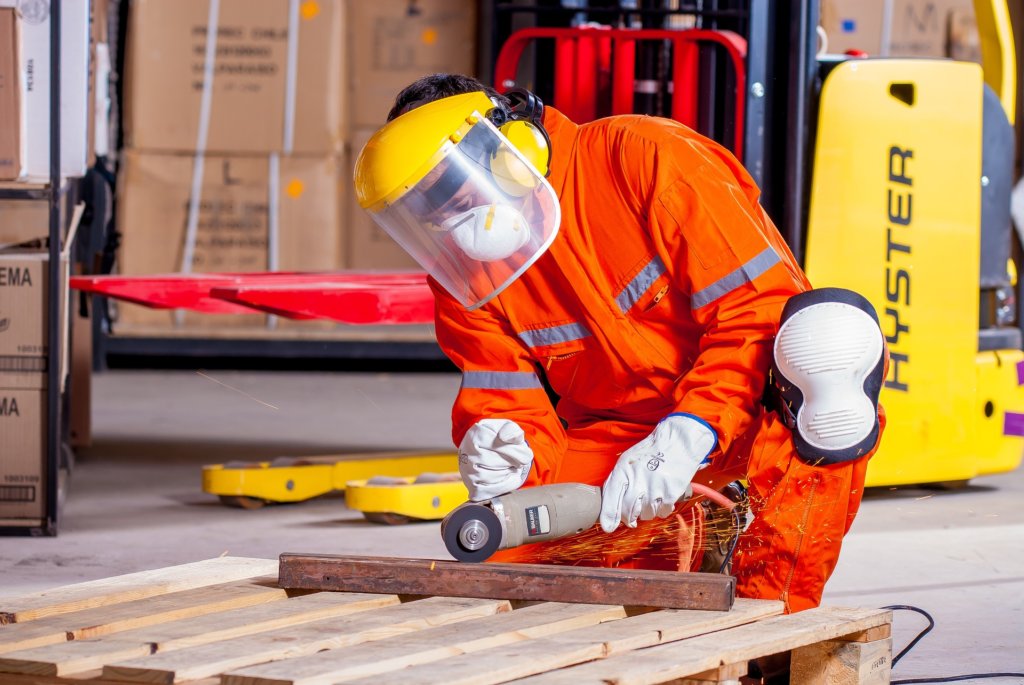Use of Hearing Aids in a Noisy Workplace Environment
Editor’s Note
Alberto Behar, a Fulbright Scholar and long-time electrical engineer, has been a long-standing columnist with CanadianAudiologist.ca since its inception. This will be his last column for us, and I wish to thank him for his years of service, not only to the CAA, but to a number of CSA standards committees in Canada as well. We wish him well on his retirement (… and did I mention that Alberto is over 90!). We all hope to be as active as Alberto is, in our later years.”
Hearing loss is a well-known fact, resulting from many causes, the main ones being associated with aging and exposure to high noise levels for extended periods. It is also a fact that there is no known cure for this type of hearing loss presently. It is also no secret that wearing hearing aids will greatly facilitate navigating through everyday life by allowing the wearer to hear speech, music, and noises in general.
The use of hearing aids has become more and more prevalent in our society. One reason is the increasing awareness of the benefits obtained, and another is an increased acceptance by the population in general. Their miniaturization and the consequent “invisibility,” coupled with the improved efficiency and extended battery life, are other reasons for their increased popularity. This is why more and more hearing aid wearers are found among the population in general and among the workforce in particular.
Nevertheless, people with age-associated or noise-related hearing losses have difficulties understanding speech in adverse listening conditions. Those difficulties increase with the ambient noise level, especially if the noise spectrum coincides with the frequencies of the speech. In the occupational workplace, the person also may have problems perceiving alarm signals and their source (especially if the noise source is moving such as a forklift), as well as subtle changes in the noise emitted from machinery, which can be an indicator of a malfunction.
Unfortunately, there is not a simple answer to this problem. This is because multiple aspects are involved when a person with hearing loss is working in a noisy environment.
Some of them are:
- Oral communication, already compromised, becomes more complex in noise
- Impaired ability to hear warning signals
- Impaired ability to monitor equipment or the environment,
- Impact on job safety
- Impact on job performance
- Stress and/or fatigue
- Risk of aggravating hearing loss
One answer to many of these problems is for the worker to wear hearing aids. Although it is not a complete solution, it could allow him to communicate better with the environment and with his co-workers. It could also improve his safety by increasing the perception of alarm signals and the noise from approaching mobile sources.
Wearing hearing aids can also amplify the sound level of both signals and ambient noise. As a result, there is the possibility that the resulting noise level exceeds the safe limit and enhances the already existing hearing loss. This is a serious problem that the person responsible for the Hearing Conservation Program in the workplace has to deal with.
To make the situation worse, some of the problems mentioned above may become more serious when hearing loss is wearing both hearing aid and hearing protectors.
Some recommendations:
WorkSafeBC has an information sheet, “Hearing aids at work,” with recommendations that workers do not use hearing aids when working around hazardous noise.
Similarly, the Occupational Safety and Health Administration (OSHA) in the United States advises that hearing-impaired individuals should not wear their hearing aids without additional hearing protection in workplaces with potentially hazardous noise levels.
Both Institutions recommend that the conditions at the workplace and the individual’s work requirements be examined in consultation with professionals before making any decision. It becomes pretty clear that no rules could apply to all situations.

So, what do we do?
The following basic rules should always be applied in noisy places:
- Hearing aids should not be considered a substitute for Hearing Protection Devices
- Hearing Protection Devices must always be worn (with or without hearing ads)
- People who wear hearing aids should also wear earmuffs.
A more detailed process can be summarized as follows:
- Perform a job analysis regarding the requirements that the worker has to fulfill (such as the need for oral communication),
- Perform a safety analysis taking into account moving elements, such as forklifts, trucks, etc.
- Perform a detailed noise exposure measurement to determine the attenuation needs for the worker
- Determine if the worker needs to wear hearing aids at work
- Consult with an audiologist to determine if, even when protected, the worker can be exposed to the noise at his workplace during the extension of the entire workday.
- Most important: perform audiograms every 6 months to see changes in his hearing and act accordingly.

